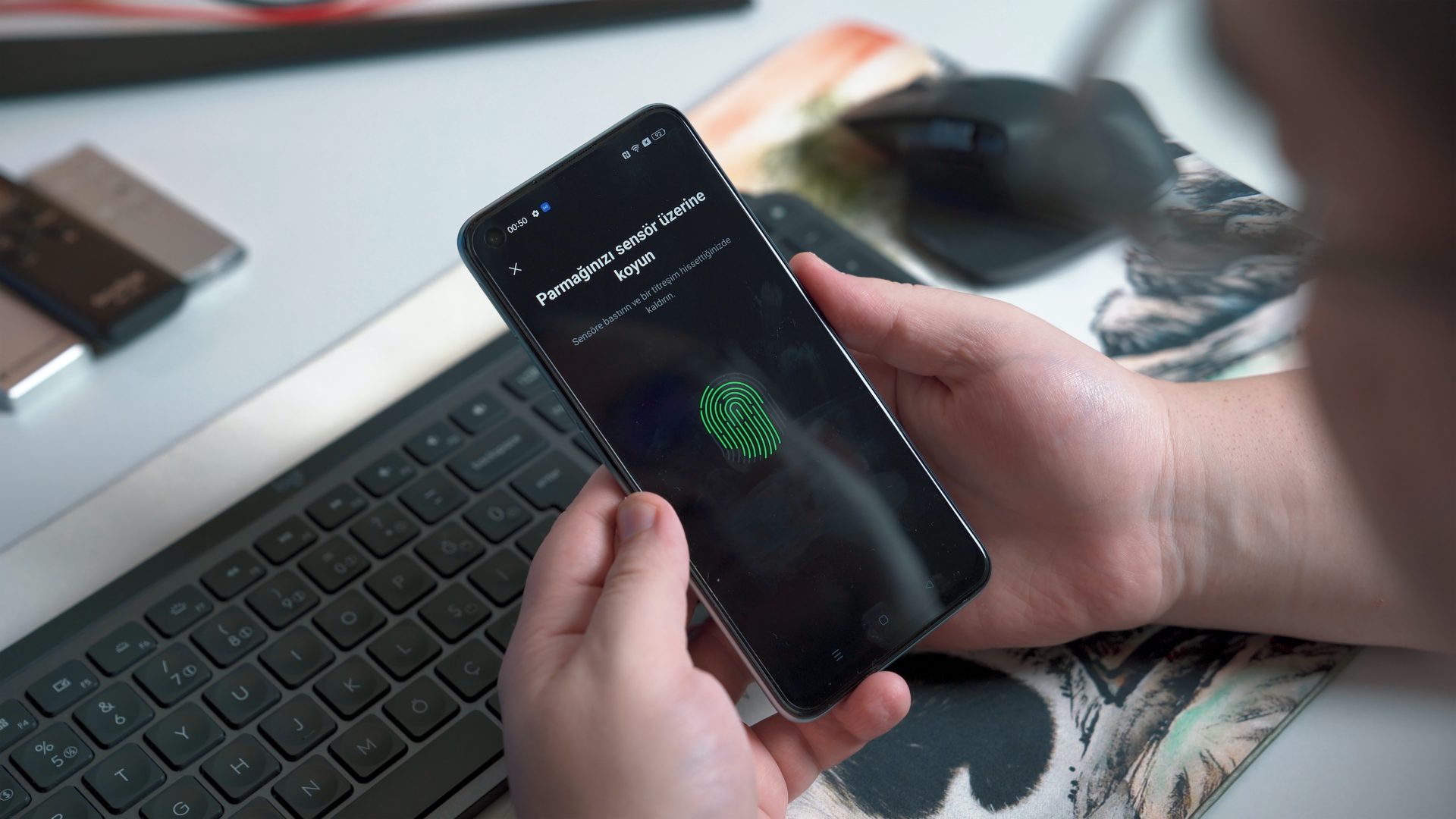Given that the success of the internet is predicated on people’s willingness to trust one another, user identification and access control are vital to maintaining a safe and secure network. Trust is essential to the millions of daily contacts and online transactions, including renting a room from a stranger, using your bank, registering for benefits and confirming a friend invite on social media.
Passwords, PINs and secret questions have all been created over time as authentication ways to build confidence online. Since biometrics provide a more practical, safe and inclusive replacement for passwords and PINs, their usage has increased dramatically. Because of this, biometrics is a great tool for secure digital identity validation and authentication. In this blog, we will examine the features of this quickly expanding part of multifactor authentication.
Designed with the User in Mind; Simple to Use
Biometric verification is simple to manage, implement and analyze, yielding technologically advanced and accurate outcomes with minimal human participation. It takes little time to enter new information or examine logs. Once the table of entrances and exits is produced, it’s easy to analyze and maintain.
The Peak of Accountability
A company’s duty is exceeded when complete entrance and departure data is available. Data-backed confirmation provides stronger evidence in the case of any misfortunes. Similarly, the information may be quickly set up, evaluated and reported on as required.
More from News
- Rentr Partners With Factored to Offer UK Landlords Instant Access to Rent Advancements For Property Upgrades and Maintenance
- What Caused The Starlink Global Outage?
- Figma’s AI App Building Tool, Figma Make, Now Available For Use
- Tells.co Shaking Up SMS Marketing: How Founders David Schlaegel and Justin Ramsey Are Doing It
- Google Launches AI Tool That Helps Shoppers Pick And Try Clothing
- Are UK Shoppers Comfortable With AI In Retail?
- How Many Prompts Does ChatGPT Actually Receive?
- First-Ever Trade Mission To South Africa for Sadiq Khan, Mayor of London
Safekeeping and Gaining Success
There would be no more financial outlay after implementing the biometric verification technology. The initial expense and continuous maintenance of the investment are greatly reduced. Losses from theft and illegal submissions can be avoided with the use of these systems as well. That advantage alone saves money and increases profitability.
Excellent Performance
High-quality security systems are a need for every business. Systems that use biometrics to verify employees’ identities improve security while streamlining administrative processes like time and attendance monitoring for payroll. Staff members also benefit because they no longer have to carry around ID cards constantly.
The Ability to Take on More Work as Demand Rises
Security measures must advance to keep up with the rapid changes in businesses. Biometric authentication’s scalability is a big benefit. As a result of their adaptability, these systems may readily incorporate information from new staff members. When a company expands, its security measures naturally improve.
Verification Done Fast
The password and code used for secure entry are simple but unspecific. Everyone who has a valid pass or card may enter. However, biometric security technology uses individuals’ unique biological characteristics to authenticate their identity. Since iris and face scanning can be completed in seconds, they are increasingly used as part of the security procedure.
Practicality
The speed and simplicity of a biometric verification system are major benefits. There is no need to change the passwords. Fingerprinting, iris scanning and access control are completed once the biometric test is enabled. It’s also simple to record and check the information for accuracy later.
In Summary
With its convenient verification, audit logs and analysis, biometrics is quickly becoming integral to today’s multifactor authentication and security architecture. With the industry expanding and becoming more sophisticated, these systems are becoming more important and their value will only grow in the future.

